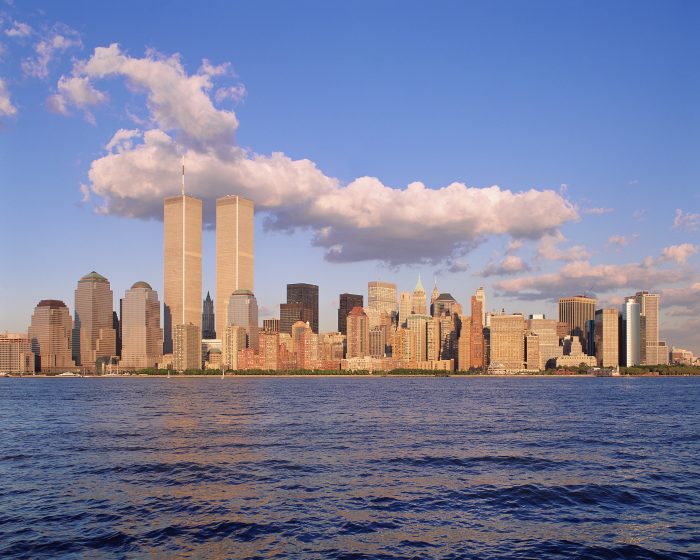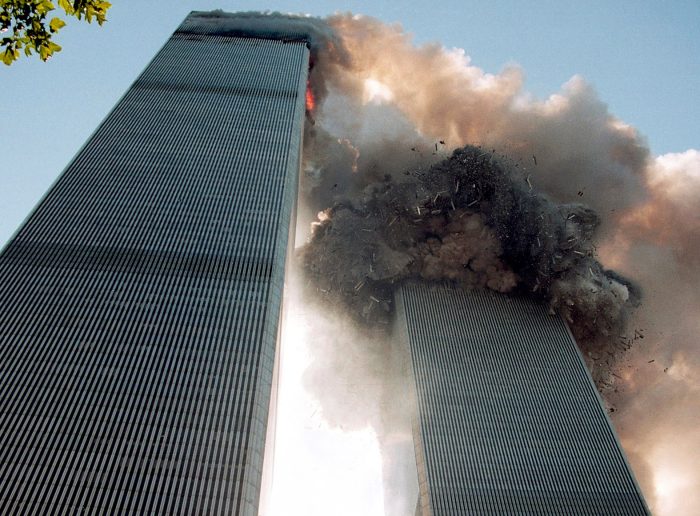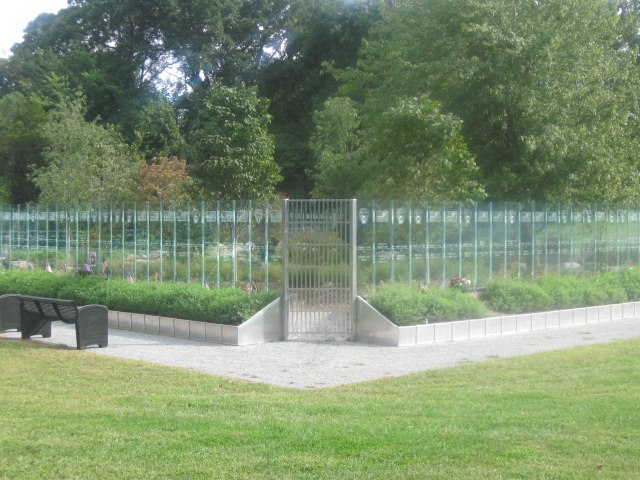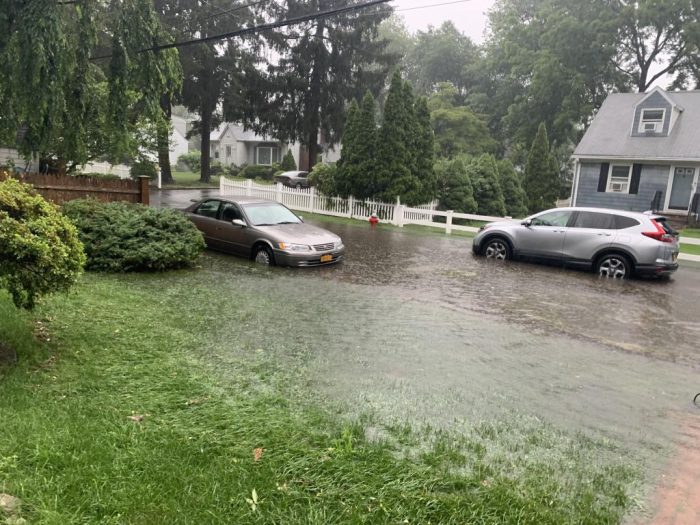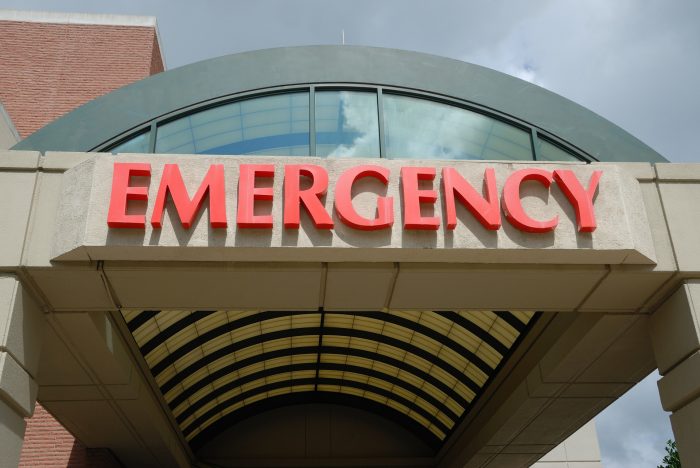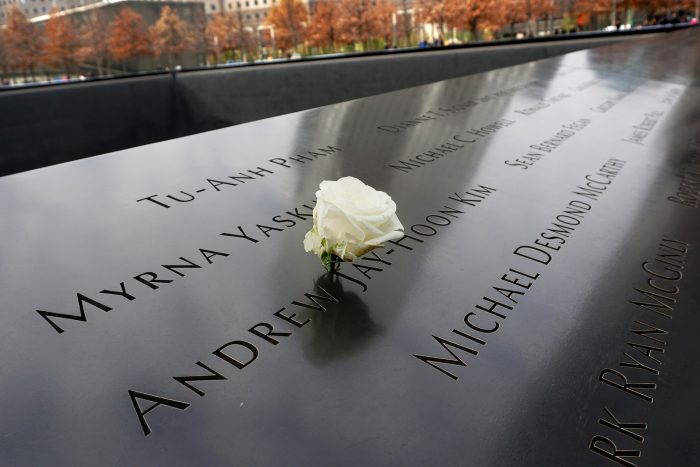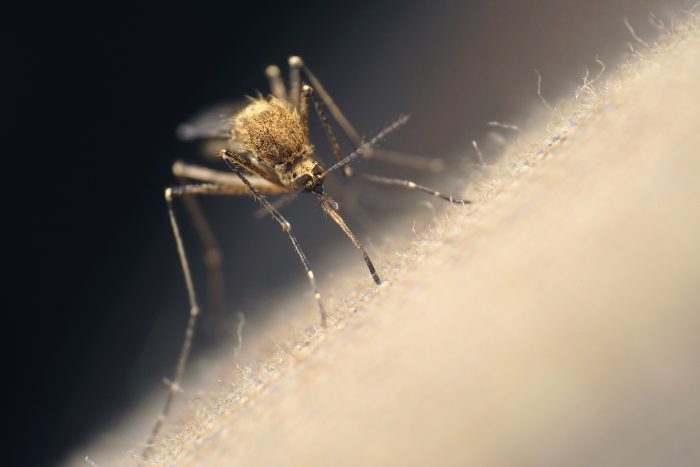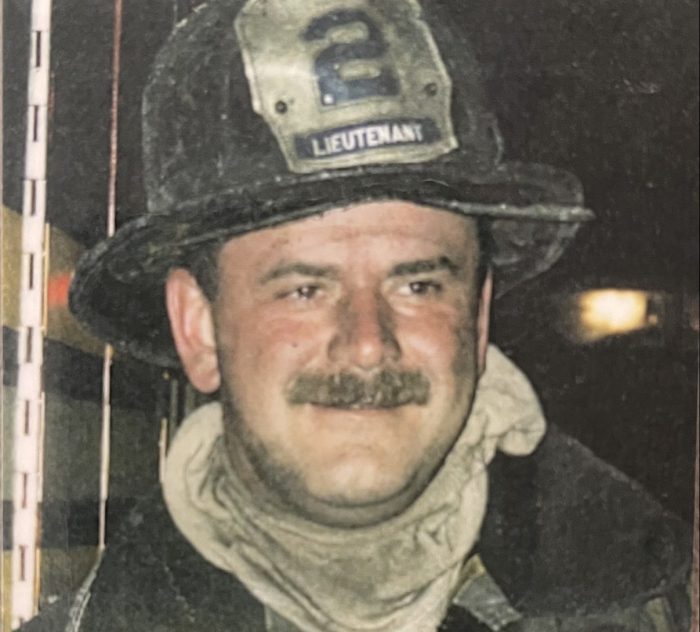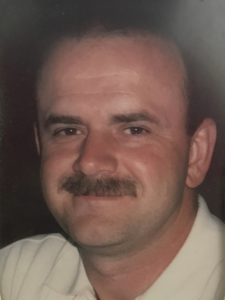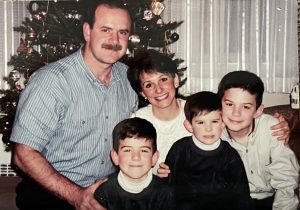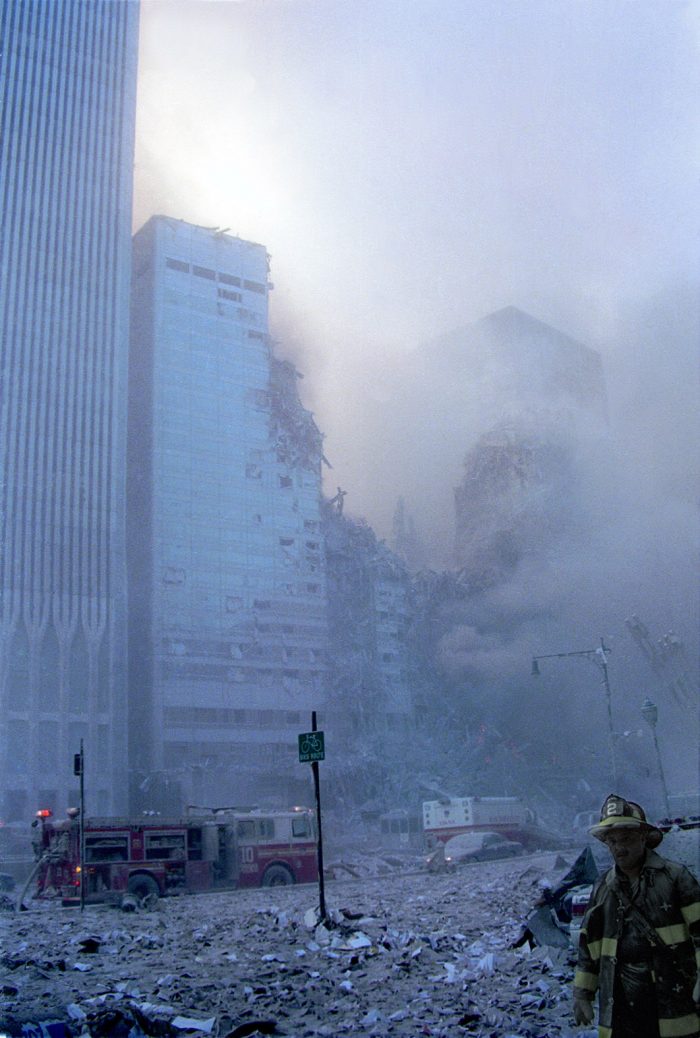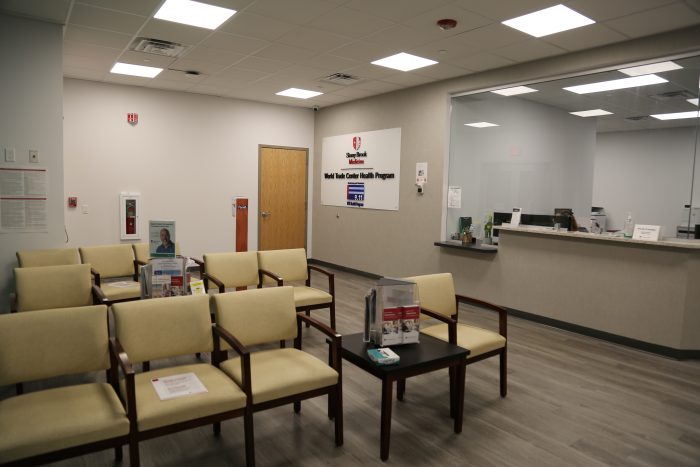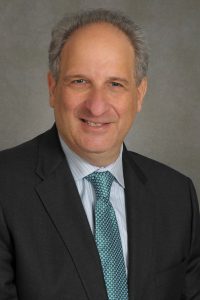“One of the worst days in American history saw some of the bravest acts in Americans’ history. We’ll always honor the heroes of 9/11. And here at this hallowed place, we pledge that we will never forget their sacrifice.” — Former President George W. Bush
These were the patriotic thoughts of this president who reflected on the heroic services that were demonstrated by Americans during and after the September 11, 2001, attacks on the United States.
While it has been 20 years since our nation was attacked by the sting of terrorism, Americans have not forgotten this tragic moment. On the North Shore — about 80 miles from Manhattan at its easterly point — there are many memorials that honor the local residents who were killed, the dedication of the rescue workers and the War on Terror veterans who defended this nation at home and abroad for the last two decades.
There has been a tremendous amount of support from the local municipalities, state and local governments, along with school districts to never forget 9/11. People do not have to look far to notice the different types of memorials, landmarks and resting places that represent those harrowing moments and the sacrifices that were made to help others and defend this country.
Calverton National Cemetery
Driving northwest on Route 25A, it is possible to quickly see the reminders of sacrifice within the Calverton National Cemetery. This sacred ground is one of the largest military burial grounds in America and driving through its roads, there are flags that have been placed for veterans of all conflicts — especially the most recent during the War on Terror.
One of the most visited sites there is that of Patchogue resident Lt. Michael P. Murphy who was killed in 2005 in Afghanistan, where under intense enemy fire he tried to call in support to rescue his outnumbered four-man SEAL team.
As the 20th anniversary of 9/11 approaches, local residents can also see his name gracing the front of Patchogue-Medford High School, the post office in Patchogue, the Navy SEAL Museum that is near completion in West Sayville, and a memorial created for him on the east side of Lake Ronkonkoma, where he was a lifeguard.
Shoreham-Wading River—Rocky Point—Sound Beach—Mount Sinai
West of Calverton, at the main entrance of Shoreham-Wading River High School, you will notice a baseball field located between the road and the Kerry P. Hein Army Reserve Center.
One of this field’s former players, Kevin Williams, was killed on 9/11, where he was a bond salesman for Sandler O’Neill, in the South Tower of the World Trade Center. This 24-year-old young man was a talented athlete who was recognized with MVP honors on the baseball, golf and basketball teams for the high school.
A foundation has been created in the name of Williams, an avid New York Yankees fan, that has helped provide financial support to baseball and softball players unable to afford attending sports camps.
Not far from Shoreham, driving westward, motorists will notice the strength, size and beauty of the Rocky Point Fire Department 9/11 memorial. This structure is located on Route 25A, on the west side of the firehouse.
Immediately, people will notice the impressive steel piece that is standing tall in the middle of a fountain, surrounded by a walkway with bricks that have special written messages. In the background, there are names of the people killed during these attacks and plaques that have been created to recognize the services of the rescue workers and all of those people lost.
Heading west into Rocky Point’s downtown business district, VFW Post 6249 has a 9/11 tribute with steel from lower Manhattan. Less than a half mile away, on Broadway and Route 25A, the Joseph P. Dwyer statue proudly stands high overlooking the activity of the busy corner.
This veteran’s square remembers the service of PFC Dwyer, who enlisted into the Army directly after this nation was attacked and fought in Iraq. He struggled with post-traumatic stress disorder and this statue supports all veterans who have dealt with these hard psychological and physical conditions.
A short distance away, the Sound Beach Fire Department also created a special structure on its grounds through a neighborhood feeling of remembrance toward all of those people lost.
Heading west toward Mount Sinai, it is easy to observe a wonderful sense of pride through the Heritage Park by its display of American flags. On the Fourth of July, Veterans Day and Memorial Day, residents see these national and state colors, and this always presents a great deal of patriotism for the people utilizing this park.
Coram—Port Jefferson—St. James
More south on County Road 83 and North Ocean Avenue, visitors of all ages enjoy the Diamond in the Pines Park in Coram. There, people have the opportunity to visit the 9/11 Memorial Learning Site. This site honors all of the citizens lost from the townships of Brookhaven and Riverhead, the rescue workers and War on Terror veterans.
For 10 years, the site has helped reflect on this assault on America through the major bronze plaques with historical information, black granite pictures, benches, and statues of a bronze eagle and a rescue dog that helped search for survivors of the attack at the World Trade Center.
Leaving this park and going north into the village of Port Jefferson, people enjoy the beauty of its harbor, its stores, and they see traffic enter via ferry from Connecticut. Through the activity of this bustling area, there is a large bronze eagle that is placed on a high granite platform.
Perched high, citizens from two different states brought together by the ferry are able to walk by this memorial that helps recognize the lost people of Long Island and the New England state. Driving near the water through Setauket, Stony Brook and into St. James, there is a major 7-ton memorial that highlights a “bowtie section” of steel from the World Trade Center.
Due to the type of steel on display, there are few memorials that capture the spirit of the St. James Fire Department 9/11 site.
Nesconset—Hauppauge—Smithtown
Traveling south down Lake Avenue toward Gibbs Pond Road and Lake Ronkonkoma, the 9/11 Responders Remembered Memorial Park in Nesconset is located at 316 Smithtown Blvd. This is a vastly different place of remembrance, as it is continually updated with the names of fallen rescue workers who have died since the attacks 20 years ago.
Taking Townline Road west into Hauppauge toward Veterans Highway and Route 347, you will end up at the Suffolk County government buildings.
Directly across from Blydenburgh Park in Smithtown, is a major 9/11 memorial created by the county. This memorial has 179 pieces of glass etched with the 178 names of the Suffolk County residents killed on September 11, with one extra panel to honor the volunteers who built the memorial.
As commuters head west to reach the Northern State Parkway, they drive by a major structure that was created to recognize all of those citizens from Huntington to Montauk killed on 9/11 by terrorism. It is just one of many such monuments created by our local townships, fire departments, parks and schools.
Even after 20 years, our society has not forgotten about the beautiful day that turned out to be one of the most tragic moments in our history.
Rich Acritelli is a social studies teacher at Rocky Point High School and an adjunct professor of American history at Suffolk County Community College.

